10 Lighting Solutions for Dark Rooms in Your Rental Home
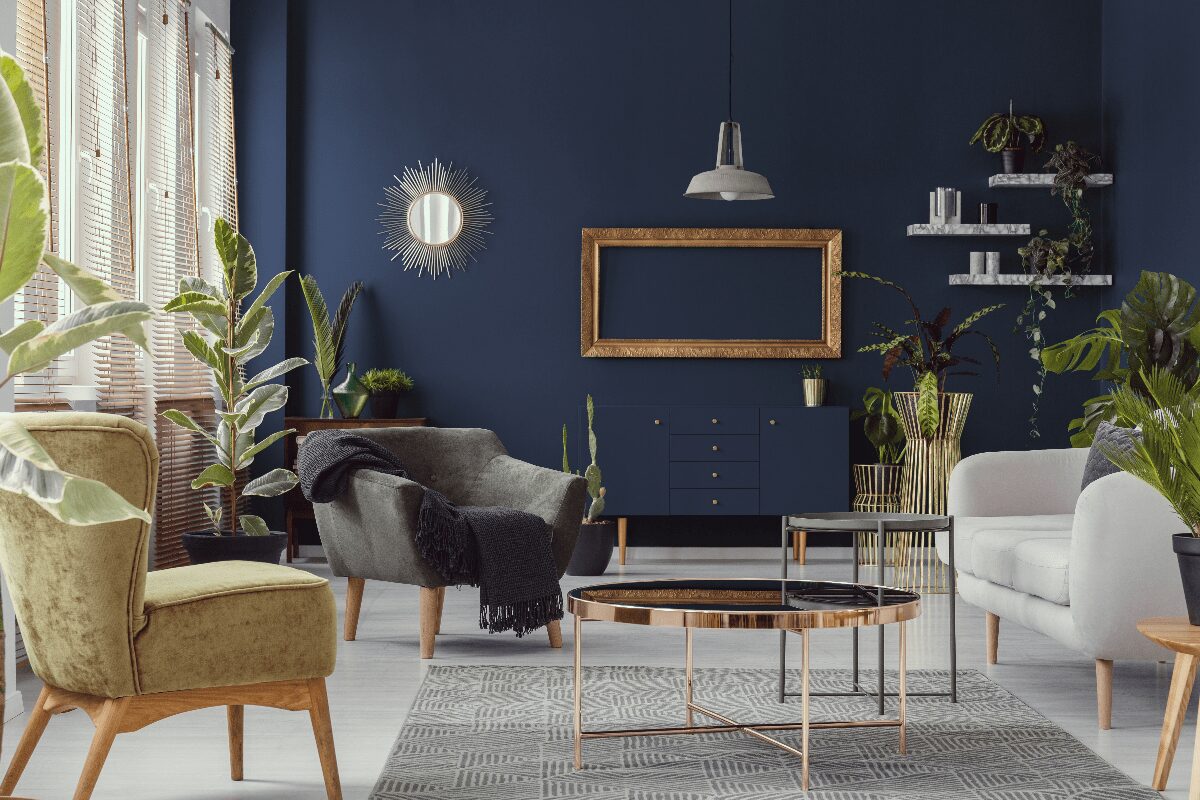
A dark room can feel drab, cold and uninviting. And let’s face it, finding a house where all the rooms are bathed in natural light is pretty unlikely. You'll inevitably run into a room or two that needs additional light.
Figuring out how to brighten a dark and dreary room is no easy challenge, especially when renting – adding windows or doors, and knocking down walls simply isn’t an option. Fortunately, you don’t have to deal with a cramped moody space as there are several lighting solutions for dark rooms.
Best lighting solutions for dark rooms
Here are some lighting solutions for dark rooms that will transform your house into a bright abode.
1. Maximize light with mirrors
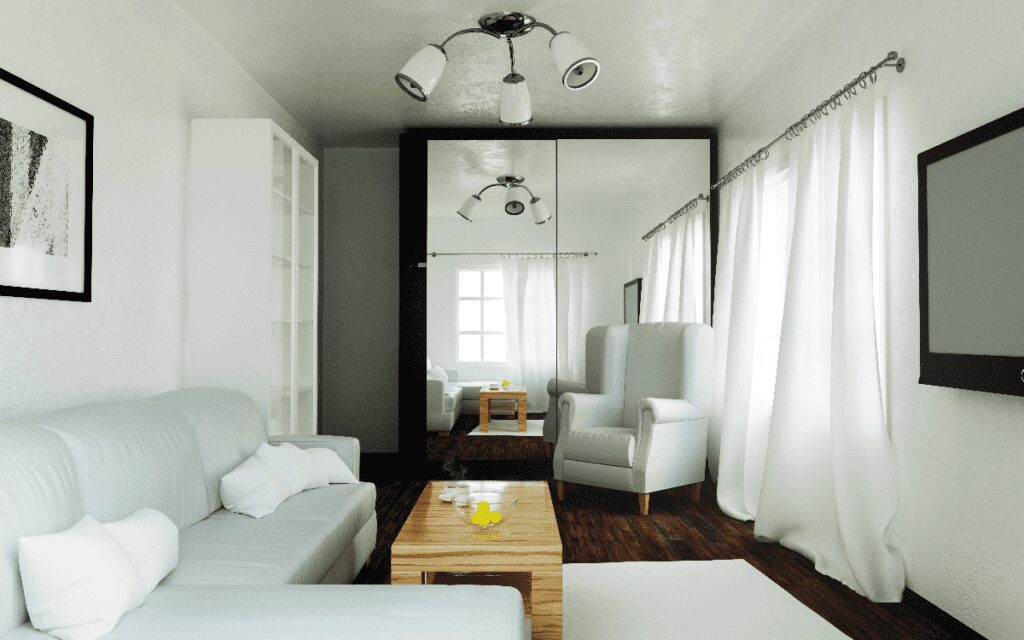
Mirrors help expand visual space. They create the illusion of more natural light, particularly when placed near light sources. For instance, placing wall mirrors near a window reflects the natural light coming through into the space. Using mirrored furniture, such as coffee tables or cabinets, can have a similar effect as well.
The more mirrors you have, the more light will bounce across the room. Mirrors can work wonders and as a bonus, can double as amazing wall decor with their various sizes, shapes and different colored frames. Experiment with different positions to find the best arrangement to attain the most light.
2. Aim your lights forward
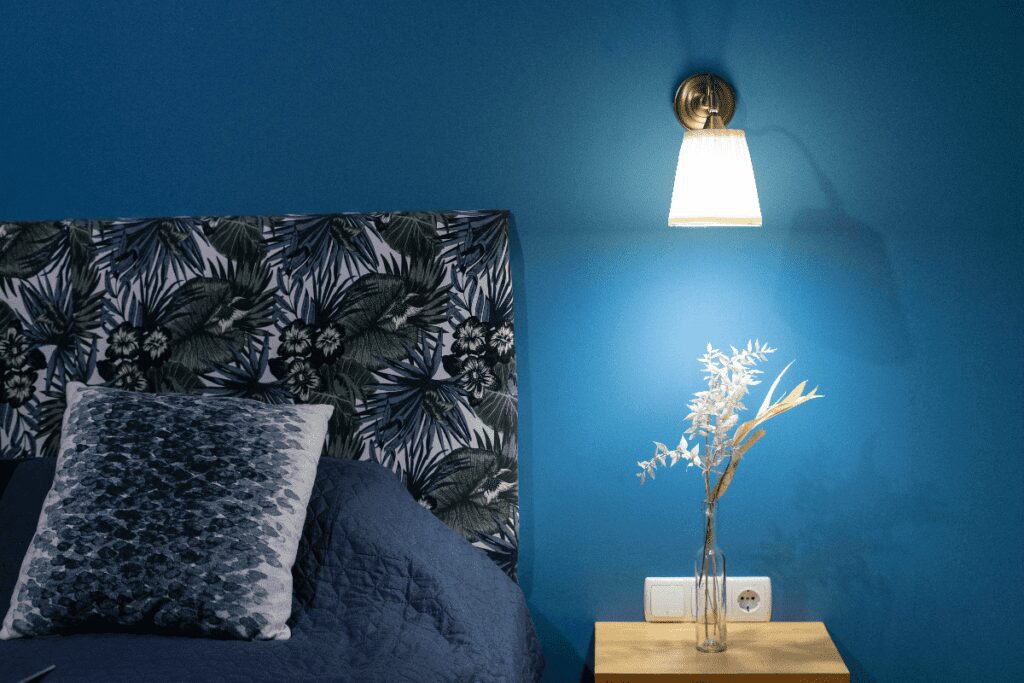
One of the easiest lighting solutions for dark rooms is to illuminate your walls or the ceiling. Instead of lighting that scatters its luminosity in all directions, a wall or torchiere floor lamp can elegantly cast light onto the walls making the space feel brighter and more spacious.
3. Limit dark colors to accents
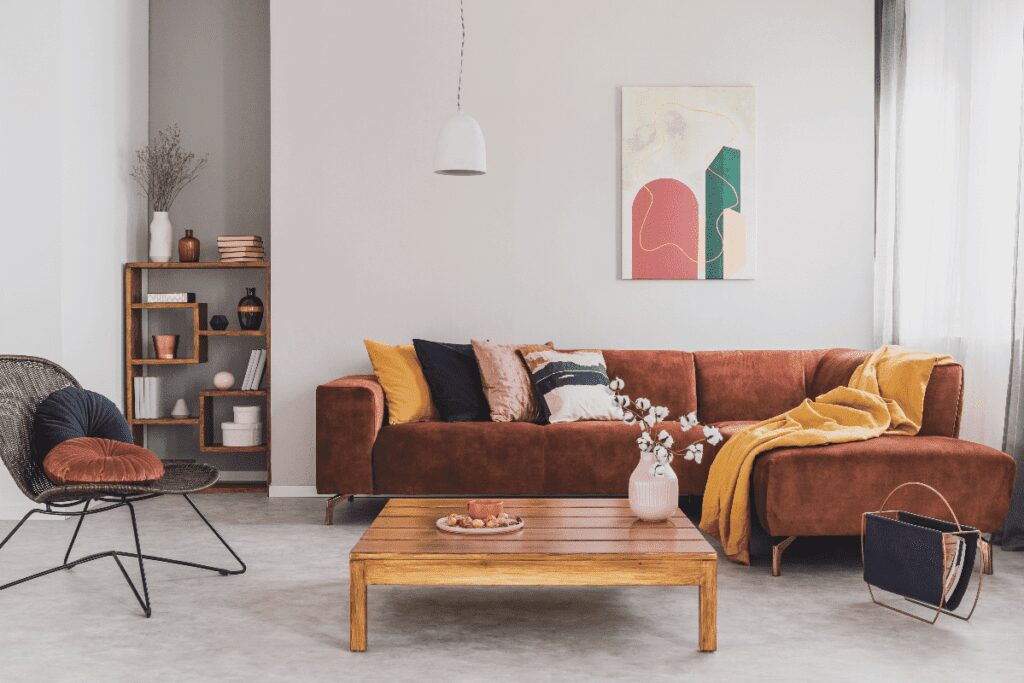
Darker tones absorb light. And that’s the opposite of what you want. Filling a dim space with lightly colored furnishings will brighten up the room. Painting the ceiling white and glossing up your walls, trim and floors will bounce light around, leaving you with a light, airy effect.
A word of caution: don’t go with an all white color scheme. All-white rooms tend to look flat, which can be unappealing to the eye. Choose an alternative color that is also bright and light.
4. Use transparent furniture

A piece of furniture that is solid all-around can block a lot of light, making the room seem even darker. Avoid dark furniture. A stylish, compact sofa in a light color such as white or ivory will make your room look brighter and feel spacious.
Large, heavily carved furniture will make the space seem darker than it actually is. However, if you love such furniture, it’s best to keep it to a minimum. You can contrast a heavy piece of furniture by leaning into light décor and metallic accents.
5. Embrace the power of a colorful rug

Like painting your ceilings white, covering the floor with a large, bright rug will open up the space making it seem soft and radiant. When selecting a color, you can't go wrong with the colors of the sun. Using the colors of the sun, such as reds, yellows and oranges injects some personality and makes a dark space feel brighter.
6. Incorporate bright artwork

When it comes to artwork, the brighter, the better. Art sets the mood of a room. If you want a bright, vibrant room, then your art should be too.. A bright painting can elevate the mood and tone without overwhelming the space.
However, be mindful of the amount of wall art you incorporate. Covering your walls with art will have the opposite effect. It visually contracts a room, making it seem smaller and darker.
7. Bring in the greenery
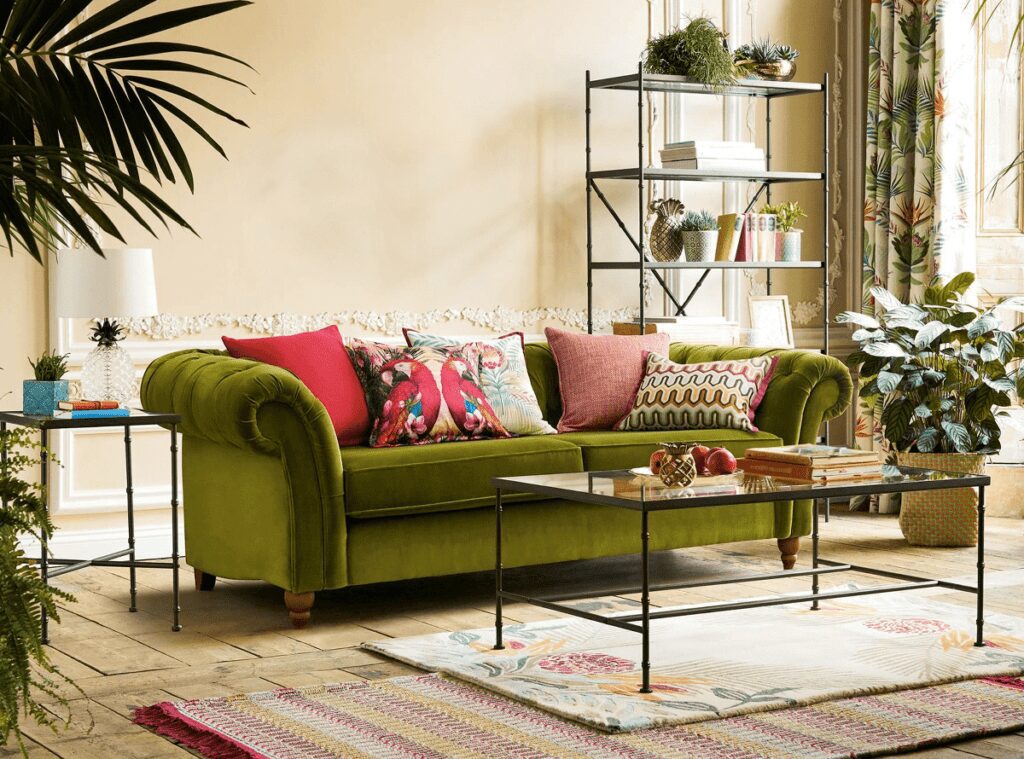
You can always count on houseplants to compensate for the lack of natural lighting. Plants can really brighten up dark and narrow spaces. Make sure you choose plants that thrive in minimal light such as lucky bamboo or a snake plant. Otherwise, it will be very difficult for them to survive.
8. Streamline window treatments
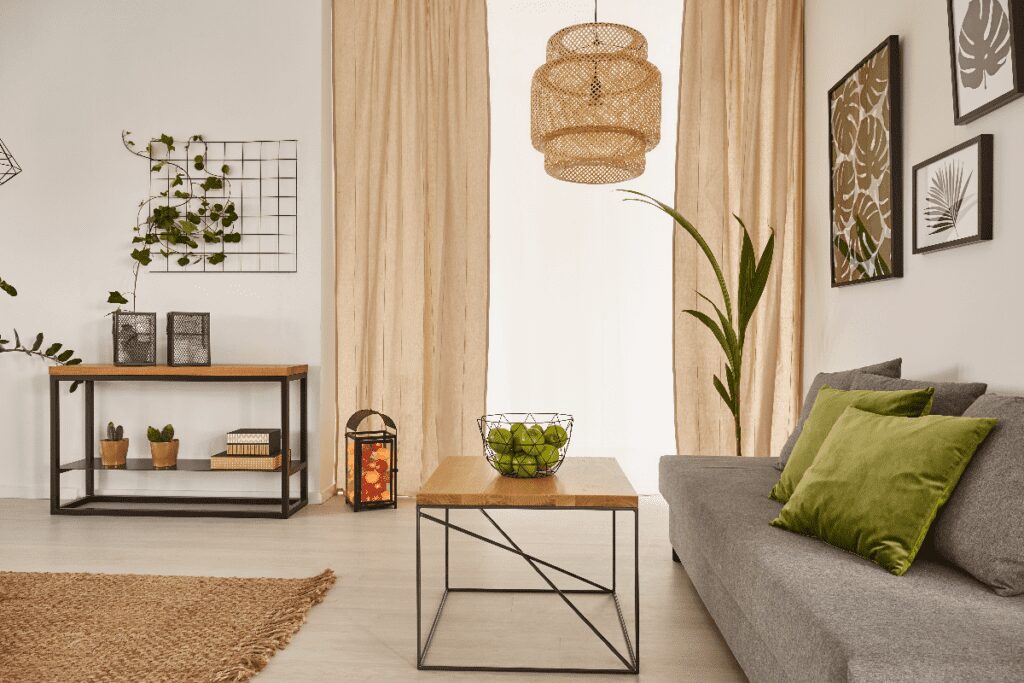
If your room doesn't receive a lot of natural light, keep the windows unobstructed. You want to let in as much light as you possibly can. Skip the heavy drapes and embellishments, and swap out deep colors for light beige or gray and heavier materials for more delicate drapery, such as linen.
Lightweight shades can create a subtle, glowing effect that can make the entire room feel ethereal. You want panels that provide just enough privacy without blocking the natural light you receive.
9. Use fairy lights, LEDs and other ambient lighting
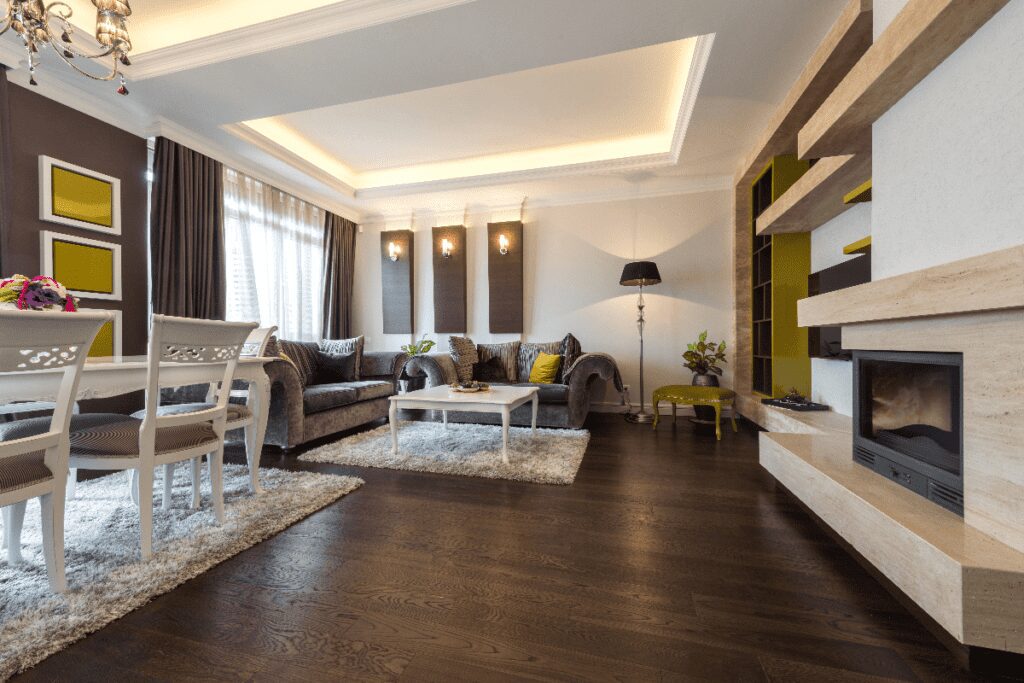
Another popular lighting solution for darker rooms is to use artificial light from a light fixture as your friend, but you don’t want the light fixture itself to be the room's focal point. Large, heavy light fixtures create the opposite effect of light and airy. You can opt for crystal chandeliers as long as they’re not too large or ornate. Make sure to use light bulbs with high intensity such as LED which are very bright and luminescent. You may even want a full-spectrum bulb which is created to simulate daylight.
If you prefer not to use lighting fixtures, consider installing rope or tape lighting around the baseboards and ceiling. Ambient lighting will add just the right touch of luminosity without overwhelming the room. Ambient lighting also contributes to the feel of a room. Warm, yellow light can create a comforting atmosphere turning your space bright and cozy.
10. Lighten your lampshades
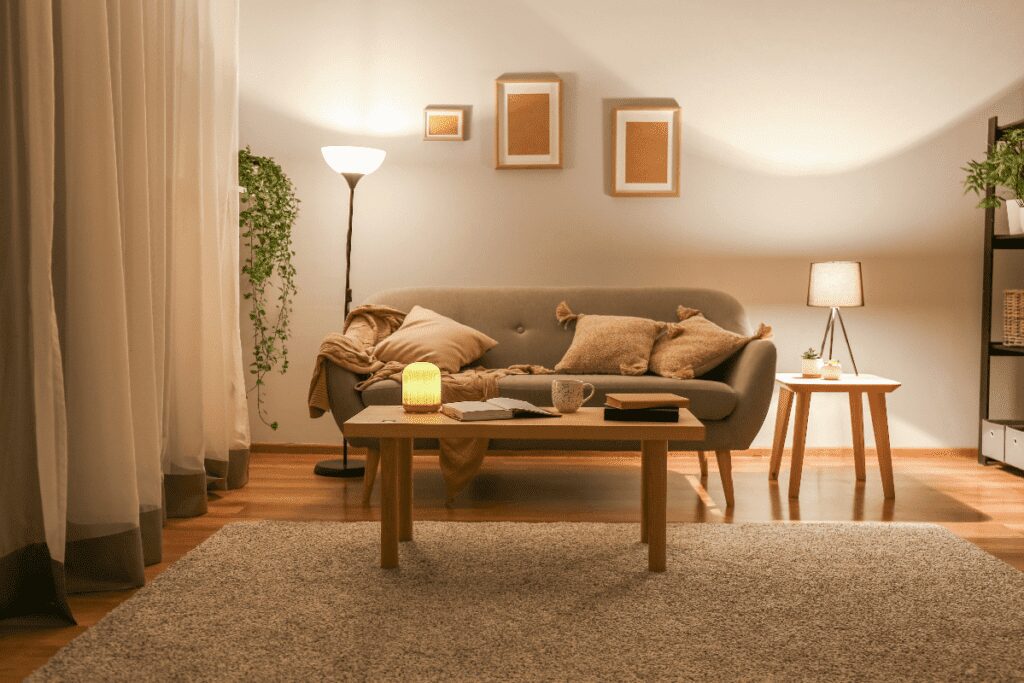
Lampshades aren't just a decorative element. You can also use them to diffuse more light into a dark room. White and lighter colored lampshades transmit more light through them. And the brighter color lends to the illusion of more light, pretty much the same way lighter walls do.
The Takeaway
Brightening up a dark room is all about creating the illusion of more light. Visually expanding your space through mirrors, ambient lighting and lighter colors all contribute to this illusion. Explore each of these lighting solutions for dark rooms and see what fits with your personal style and works best for your space.
